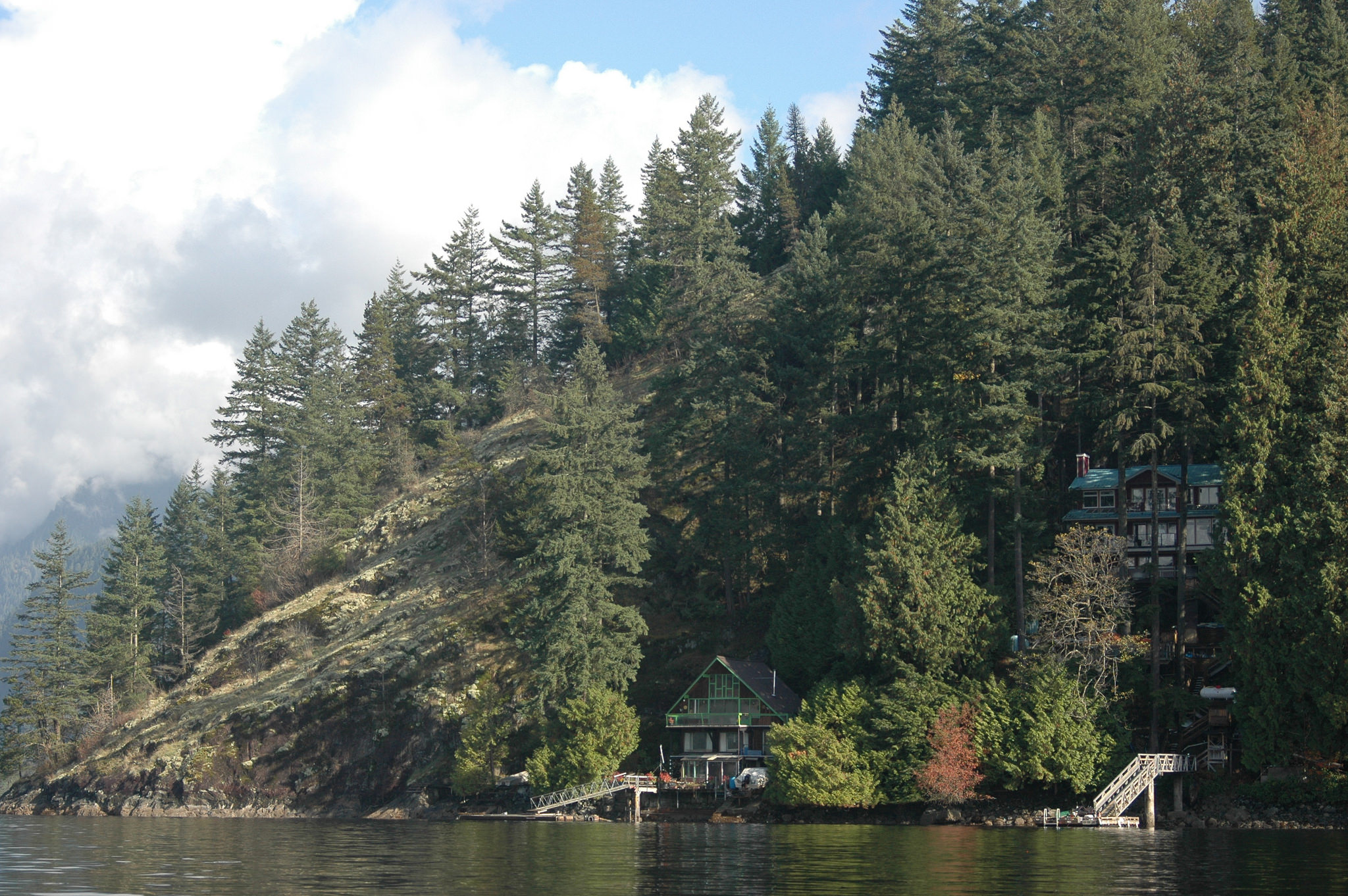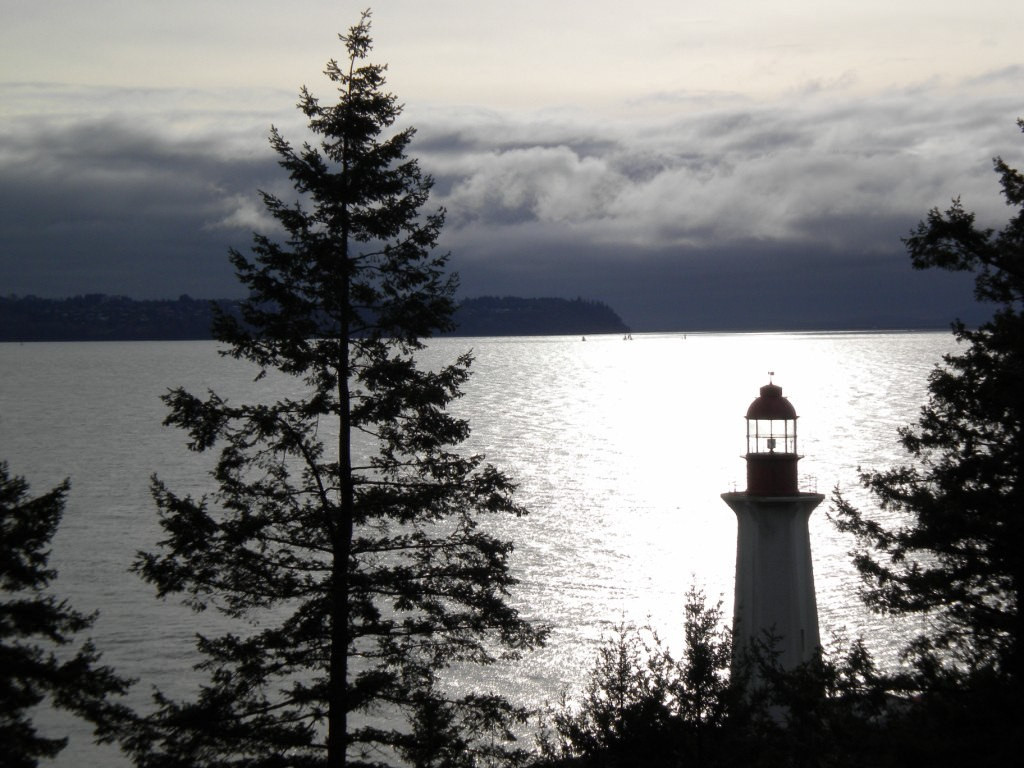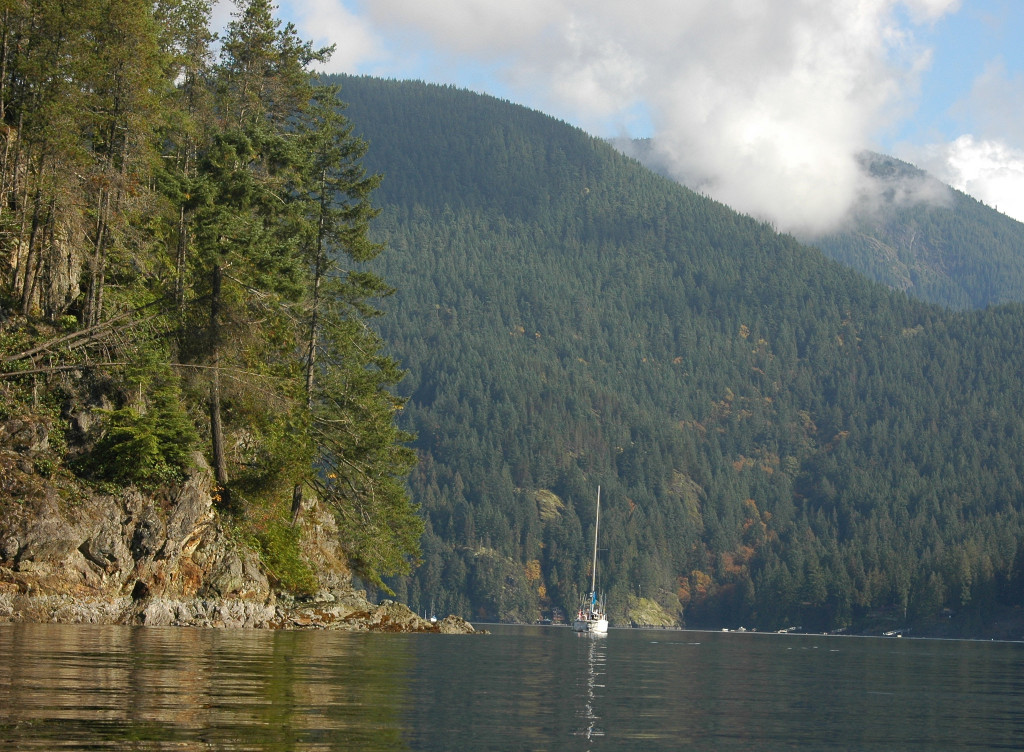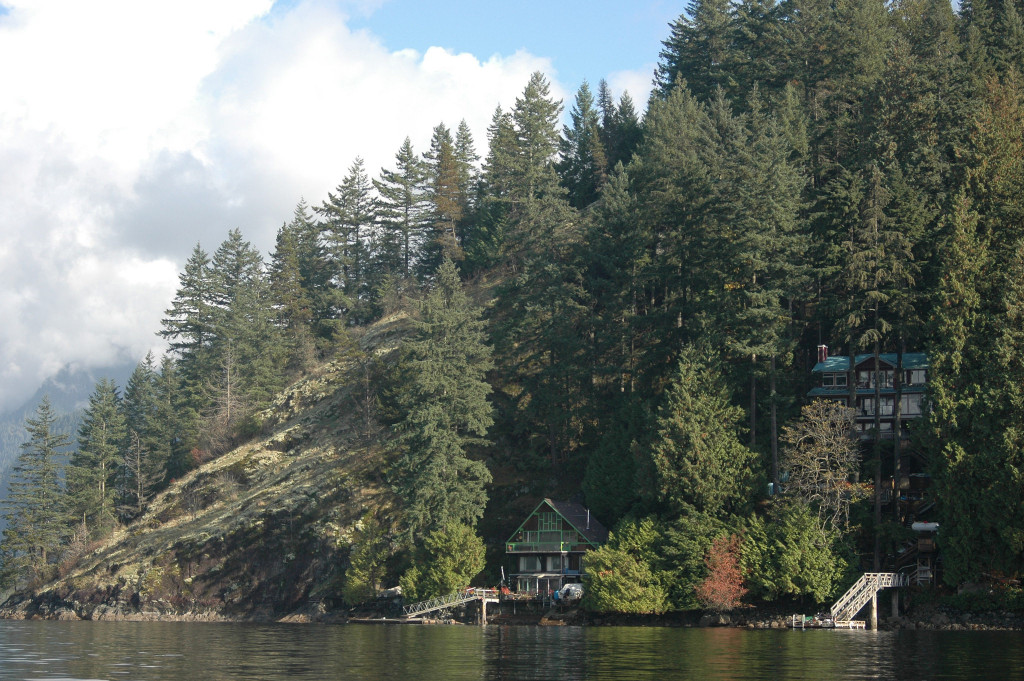
by Sarah Blinco | May 26, 2013 | Europe, Spring and summer in Europe, Travel blogger destinations, United Kingdom
I was recently contacted by a TravelLiveLearn.com reader who is excited to be touring Europe this summer with our fab mates from Expat Explore. As it’s her first time on tour in Europe in the summer, she was keen to know what she should take, and she was confused by the plethora of information available on the Internet. Being that this seemed like a valid travel query, I’ve decided to post my answer and suggestions here for anyone else lucky enough to be touring through Europe in 2013 (bliss!).
Summer tour packing tips:
- High heels are not required. You definitely do need flip flops, comfortable walking shoes (there’s LOTS of walking which is fine, but you need comfy, supportive shoes that aren’t too worn), and one other pair of casual type shoes that will double for if you go out or want to wear something different to dinner – I’d suggest an easy-going, pretty pair of wedges or mid heels – an ‘all rounder’ kind of shoe. Regarding clothes and shoes, you will find that you wear the same things over and over, and a lot of the items you pack ‘just in case’ (eg. high heels, a pretty shirt that you don’t wear often, a new skirt…), you won’t wear at all. It will be hot, so think of what you feel most comfortable in when you’re at home in summer – that’s what you end up wearing all the time!
- Regarding medications, obviously if you have a particular condition (eg. asthma), be prepared. Perhaps buy a packet of travel sickness tablets in case you get motion sickness from the coach or plane. If you’re in any way unsure if you get sick while travelling, get some to have on hand – always better to be prepared, and these are generally sold over the counter in pharmacies. I would always also bring a packet of paracetamol, non-drowsy antihistamines (eg. Zyrtec or cheaper generic brand), a pack of Nurofen (Ibuprofen), and not that we needed it, but I always carry something for diarrhea. Ladies, if you tend towards urinary tract problems, it’s probably a good idea to take Ural sachets (or similar), just in case. I’d also suggest taking a multivitamin with you (or Berocca), to keep your immune system up to speed. They’re exciting but long days.
- You will also need a good sun cream (for face and body) – essential! – and perhaps insect repellent is a good idea too.
- Prescription medicinals – Chat to your doctor in advance regarding any potential issues with health, anxiety, sleeping or illness, and make sure any prescription medication is properly labelled.
- Pack light! Start a list before you go that only includes what you would wear in the summer you’re used to. Leave room in your bags, because you’ll want to stock up on food and alcohol at supermarkets along the way – trust me, this is the cheapest and most efficient way, especially if you’ve already invested a fortune in your trip already for example, if you’ve had to fork out for an airfare from the other side of the world to get to Europe/UK in the first place.
- Another reason to pack light – it’s cheap enough to buy various season-appropriate clothes on the road, and let’s face it, you’ll be going shopping anyway (it’s half the fun)! Pack your comfiest shorts/skirts/tshirts – this is what you’ll live in. I am not a shorts person, but I think 90% of days on the road I lived in a denim skirt, t-shirt or singlet, hat, walking shoes and socks. All the other rubbish I had in my bag was just annoying to carry around! Also you won’t need jeans I don’t think – it’s too hot at that time of year, and they’re heavy. Pack a light cardigan or long-sleeved shirt, but remember, you can layer with singlets and t-shirts if it’s at all chilly anywhere (which I doubt it will be).
Enjoy the summer! If you have other packing tips for travelling Europe please do share, either in the comments below, or find us at Facebook.com/TravelLiveLearn or Tweet @sarahblinco.
If you’re considering a trip with Expat Explore, read about our first-hand experience HERE (we had a blast!).

by Guest contributor | May 23, 2013 | North America, Travel blogger destinations
Gareth Anderson explores Mont Tremblant in Canada‘s summer, a fun winter sports playground, and ideal for a warmer-months tour through the land of the great redwoods. There’s plenty to keep even the most dedicated adrenaline junkie happy, and he shares insight with TravelLiveLearn.com …
Mont Tremblant is most often seen under a frosting of fresh powder nestled as it is in the Laurentian mountains of Quebec. But this mountain playground is even better bathed in summer sunshine. Check out the challenging mountain biking trails, improve your grade on the many outdoor rock climbing routes or put your best foot forward and set out on a hike. This is a great destination for active families who will be well placed to enjoy the mountain from one of the many accommodation options on offer across the town.

Climbing
Mont Tremblant National Park has a variety of European and North American style routes to try. If you are looking for a good introduction then the Tremblant Climbing School can teach you the basic techniques to get you started. Or if you are seeking something unique why not try the Diable Via Ferrate? These ‘via ferratas’ which translates as ‘iron roads’ are made up of steps, handles and beams hammered into the rock face. Climbers are clipped into a steel cable that runs the length of the route making it safe for all levels and ages. The view from 200 metres up is truly spectacular.
Biking and running
Biking fans won’t want to miss the Quebec and Canada Cup Mountain Bike Race. Over 1,000 bikers take on the mountain in this challenging downhill race each year. There are also cross country trail races that make the most of the many miles of mountain bike tracks in Mont Tremblant. Keen cyclists can also enjoy the excitement – or of course take part in – the Mont Tremblant Iron Man Competition. Competitors must swim 3.8 km across Lake Tremblant, cycle for 180 km and as if that’s wasn’t enough, run 42.2 km to reach the finish line at the Tremblant pedestrian village. You can get a taster of the Iron Man Competition by taking part or cheering on the athletes in the Mont Tremblant Triathlon. There are different levels to choose from, so match ambition to your course!

Water Sports
Mont Tremblant also offers great options for those who want to spend some time on the water, kayaking, canoeing, rafting and sailing are all readily available around the resort. Rafting down the white water of the Rouge River is about as exhilarating as it gets, but if you want a slightly more restrained experience, La Diable river or the hidden beaches of the lake are easily explored by kayak. On the lake itself sailing, water skiing and wakeboarding are available at all levels with tuition on hand for those looking to get started or to simply improve skills.

Hiking
In the winter months the trails are covered in snow and ski slopes dominate everyone’s attention. In summer the hiking map is revealed, allowing walking enthusiasts to enjoy over 12 trails of varying distances with stunning views of the surrounding countryside. For those who like to take the scenic route down, there is the option of taking the panoramic gondola – the perfect way to arrive back at base refreshed and ready for your next adventure.
We adore Canada and British Columbia and believe it’s one of the most beautiful places in the world.
Take a look for yourself here on Flickr
.
by Guest contributor | May 20, 2013 | Travel blogger destinations
 Isiah McKimmie is the owner of Passionate Spirit, an online sex therapy and relationship counselling service. She’s based in Queensland but travels inter-state and internationally on a regular basis – for business, study (she’s currently undertaking a Masters in Perth and Brisbane!) and pleasure. TravelLiveLearn.com thought she’d be a perfect candidate for sharing tips on smart travel.
Isiah McKimmie is the owner of Passionate Spirit, an online sex therapy and relationship counselling service. She’s based in Queensland but travels inter-state and internationally on a regular basis – for business, study (she’s currently undertaking a Masters in Perth and Brisbane!) and pleasure. TravelLiveLearn.com thought she’d be a perfect candidate for sharing tips on smart travel.
~
She says:
I love to travel – there’s something so exciting about it. I love the idea of going somewhere and getting to meet new people. But it can become wearing – I’ve had to learn a few tricks over the years to make everything a little more comfortable.
- Choose your airline wisely.
It can be tempting to go for whoever has the cheapest flights, but I’ve found that a good airline really can make the difference in your travel experience. And it’s completely worth accumulating frequent flyer points – the benefits are great. When flying domestically in Australia, I choose Virgin, the staff are always friendly and very accommodating. They also provide complimentary tea, coffee and water on all flights which makes a big difference.
- Stay fresh – keep your toiletries handy.
Brushing your teeth and hair and giving yourself a spritz with your fave perfume ensures you’re fresh at the end of your flight. Moisturising is essential to help your skin recover from the air-conditioning on the plane. Slip a change of underwear in on long haul flights too!
- Pack thoughtfully.
Pack lightly – it sounds obvious, but it can still be tempting to take everything you might possibly need. Take travel packs of toiletries and choose outfits that you can mix and match with the same shoes and jacket. If you can manage carry-on only, the process will be a little smoother. Make sure you put items like laptops and a jacket somewhere they can be easily accessed too, in case you need to produce them for security reasons.
- Plan well and be on time.
There’s nothing worse than being caught in traffic and late for a flight. Plan to arrive early and sit down for a coffee or to read the paper if you find you have spare time. Travelling can be stressful enough without being caught in a security or bag-drop queue as your flight starts boarding.
- On long-haul flights take vitamins (especially vitamin C) with you and drink plenty of water.
The long flight means your body is less able to process toxins (the vitamin C will help) and you’re more likely to pick up nasties floating around! Also, eat minimal food – your body will struggle to digest it properly as it adjusts to a new time zone with little moving around.
Got your own tips or have something to say about Isiah’s? Connect with us, Facebook or tweet @sarahblinco

by Sarah Blinco | May 19, 2013 | Travel blogger destinations
Late last week I got talking to a lovely young lady who is excited to be heading off on a five week European / UK adventure with her partner at the end of the year. The only downside of this plan is the cost. She and her partner freely admit to being ‘newbies’ when it comes to planning a big, international trip like this, so they trustingly took the word of a travel agent and organised most of the trip via an agency − total spend, already at $20,000 which only covers four weeks travel, flights (return from Australia) and some meals.
While I am one of ‘those people’ who books everything online, I do appreciate travel agents often have access to better deals and inside knowledge, and therefore still do provide a very valuable and hassle-free service. But, the more my new friend talked, the more it seemed that in this instance, she and her partner had been taken advantage of for being a bit naive on this front. She agrees wholeheartedly, and had even done a little research herself when her gut was telling her something wasn’t right, only to discover that various prices had been inflated and unnecessary elements of the trip booked.
In this case, they are going to cut their losses and do their best to save while travelling. She’s more confident on the options to save from now on, as we’ve outlined many ways to cut costs on the road in both the UK and Europe. Inspired by this sticky travel issue though, I wanted to share these seven ways to avoid being ripped off, for beginners at the long haul adventure trip:
1. Get a second opinion. There are plenty of travel agencies out there, each with their own affiliations, and while there’s nothing wrong with that, it is imperative you discover the best deal for your circumstances.
2. Trust your gut. Most of the time you’ll be treated well and fairly (I’ve consistently had excellent experiences with helpful travel agents). If you feel something is wrong though, see point one − seek another opinion and further information. Don’t book until you’re 100% content with the itinerary and that the price is reasonable.
3. DO compare and research. There’s really no excuse not to. Read reviews, search flights, accommodation, tours … there’s a lot of great options out there (bookable from within and outside of your home country) and it’s worthwhile investigating whether you’re actually getting a good deal or not.
4. Ask questions and query costs − don’t just assume somewhere like London, Tokyo or New York, for example, is expensive, just because you’re told it’s so. After a little practice, you’ll discover everywhere is indeed expensive if you’re travelling like a tourist un-armed and unprepared with knowledge; and on the flip side, using a little nouse will take you a long way to travelling really economically without compromising fun.
5. Call out to friends on social media and/or those linked on TripAdvisor. Ask for their tips on what to do, how to get around and any outstanding experiences with accommodation, tour operators, destinations you’re considering and so on.
6. Don’t always feel obliged to eat in a restaurant if you’re on a tour (if it’s not already included in the price you’ve paid). Supermarkets and convenience stores are awesome overseas – cheap, and offering delicious meals and snacks. Stock up where possible; this includes alcohol!
7. Buy clothes for a different climate when you get there. If you’re heading to the UK, Europe or USA from Australia, for example, the climate is totally different, and in Australia you’ll pay a fortune for clothes that might end up sitting in your suitcase because they’re either too warm or not warm enough. Believe me, the last thing you want to be doing is dragging heavy and unnecessary winter clothes around while travelling! And, why would you buy expensive scarves, beanies, hats, jackets at home, when you can buy on your trip (for probably a third of the price)? By buying ‘on the ground’ you’re not only better equipped to find a great deal and buy appropriately for what’s actually happening weather wise, but you get to enjoy the fun of a shopping trip as well! Win-Win. On this note, whatever you do, pack light. Remember, it’s cheap enough to buy toiletries and many basics on the ground, so don’t carry ‘spares’ of everything – it’s inconvenient and you will discover that you won’t use most of it!
Extra info: our top picks for travelling and touring in the UK and Europe
- Toiletries and travel essentials: Boots and Superdrug – everywhere in the UK
- Warm clothes, essentials and accessories – Primark, UniQlo, H&M (particularly for basics, footwear and warmer thermals), Zara, Accessorize or markets like Camden Markets in London (for scarves, hats, gloves…)
- Jackets – if you only need a warm jacket for the duration of your trip, why not score a bargain at thrift stores/pre-loved shops like TRAID or Oxfam in the UK (and you’re helping out charitable organisations as well). You’re sure to find a warm, stylish coat, appropriate for the climate, but at an unbeatable price. If you don’t need the item(s) at home, drop back into a charitable donations box before you leave.
- Tours – check out Expat Explore; or consider a cruise – we had a good experience with MSC Cruises
- Favourite convenience stores (food and alcohol available) – Tesco, Sainsburys, M&S
Got your own tips, or perhaps a question? Connect with us, Facebook or tweet @sarahblinco






 Isiah McKimmie is the owner of
Isiah McKimmie is the owner of 
